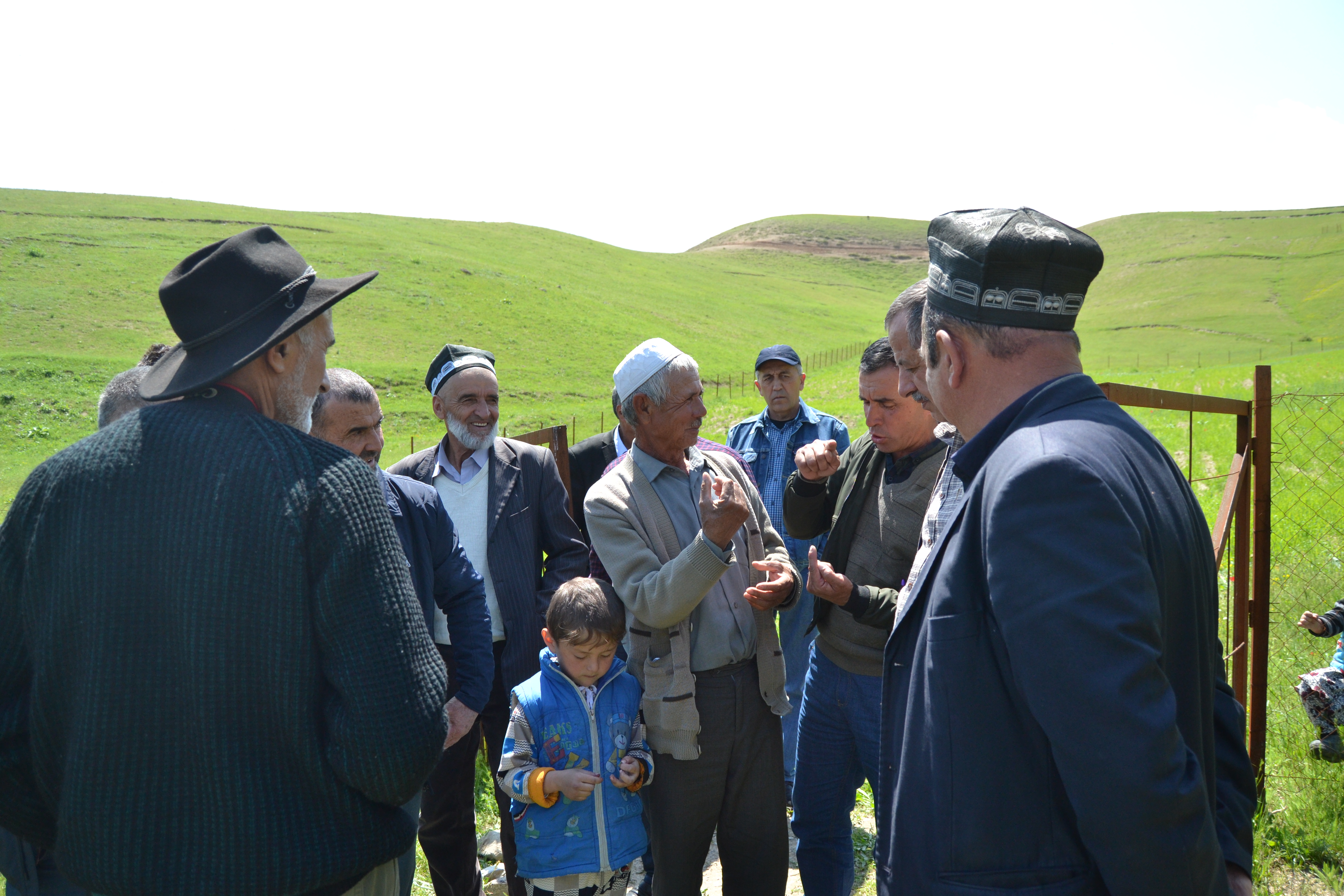

La technique traditionnelle de travail du sol au Tadjikistan, qui consiste à utiliser une charrue ou un disque pour briser et retourner la surface du sol, entraîne une perte de fertilité par la destruction de la matière organique, une réduction de la capacité de rétention de l'eau et l'érosion du sol, en particulier dans les zones en pente. Par conséquent, le travail du sol dans les champs de cultures annuelles pluviales devrait être limité au minimum. Afin de prévenir les effets négatifs des méthodes de culture traditionnelles, les agriculteurs sont encouragés à appliquer des techniques sans labour ou à faible labour. En appliquant la technique sans labour, le sol n'est pas perturbé car seule une petite fente est ouverte pour y placer les semences et, éventuellement, l'engrais. Dans le cas de la technique de faible labourage, le sol est cultivé superficiellement à l'aide de disques, mais il n'est pas retourné du tout comme c'est le cas lors du labourage. Les deux techniques peuvent être appliquées à l'aide de tracteurs à un seul essieu (deux roues pour les collines) qui sont promus par le projet. Le non-labour ou le labourage réduit doit être effectué le long des courbes de niveau dans les zones en pente.
- La préparation du champ par la technique du semis direct ou du labourage réduit les coûts par rapport au labourage, car elle nécessite moins de carburant.
- La technique du non labourage augmente la teneur en matière organique du sol, et donc sa fertilité, l'infiltration de l'eau et sa capacité de rétention.
- Moins de semences sont nécessaires car elles sont placées directement sur place et non dispersées comme dans la technique traditionnelle.
- L'infestation par les maladies est réduite car les plantes sont alignées et le vent peut mieux souffler à travers le peuplement et sécher les feuilles après la pluie ou la rosée.
Néanmoins, la technique du semis direct nécessite un équipement spécialisé qui, dans de nombreux cas, n'est pas encore disponible dans le pays. Des expériences positives ont été observées dans d'autres projets utilisant des tracteurs à essieu unique équipés de matériel de semis direct. Pour un meilleur résultat et une plus grande sécurité, le tracteur à essieu unique doit être conduit par un opérateur expérimenté et le propriétaire du champ doit débarrasser le sol des pierres.
Il convient également de noter que la technique du semis direct stimule la croissance des mauvaises herbes, au moins pendant quelques années, jusqu'à ce qu'une solide couche de paillis puisse être construite pour supprimer les mauvaises herbes. L'utilisation d'herbicides doit être évitée dans la mesure du possible. La lutte contre les mauvaises herbes pendant cette période doit plutôt se faire par un désherbage manuel ou en ligne à l'aide de chevaux, d'ânes ou de tracteurs.